Understand
Salamina, a small colonial town located in central Colombia, is a hidden gem of historical and cultural significance. Founded in 1825, this "city of light" has been a birthplace of numerous poets, musicians, actors, and writers. It played a crucial role as a center for the founders and first settlers of various neighboring towns. With a population of around 20,000 inhabitants, Salamina is known for its picturesque Paisa architecture and a unique atmosphere that takes you back in time. The charming streets of Salamina are lined with beautiful houses made of bahareque, adorned with colorful balconies and eye-catching flowers. The artisans of Salamina were known for their impeccable craftsmanship, as seen in the intricately designed gates with Baroque inlays. Step into the manor houses to witness the perfect combination of nature and architecture, with peaceful gardens, hanging ferns, and flower-filled pots. Salamina offers a tranquil and serene way of life, a reflection of its residents' appreciation for beauty and tranquility.
Map & Climate
Popular Foods
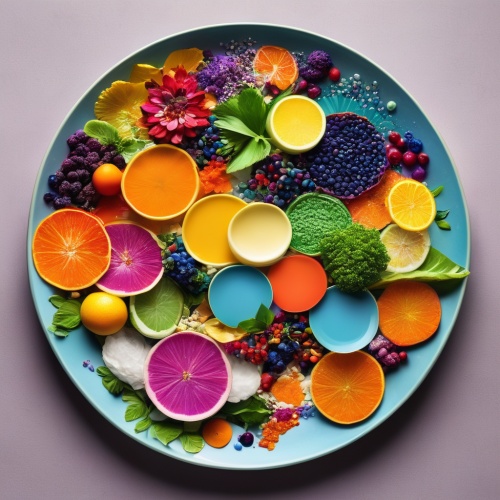 Bandeja Paisa: This hearty platter is a staple in the Colombian cuisine and typically consists of white rice, red beans cooked with pork, ground beef, chorizo sausage, morcilla (blood sausage), plantains, avocado, ground meat, and a fried egg. It's often served with an arepa, a corn-based bread, on the side.
Bandeja Paisa: This hearty platter is a staple in the Colombian cuisine and typically consists of white rice, red beans cooked with pork, ground beef, chorizo sausage, morcilla (blood sausage), plantains, avocado, ground meat, and a fried egg. It's often served with an arepa, a corn-based bread, on the side. 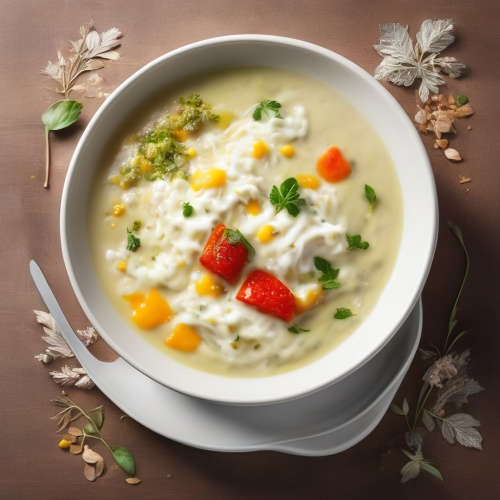 Ajiaco: This traditional Colombian soup is made with chunks of chicken, corn, potatoes, avocado, and guascas (a type of herb). Served hot, it is typically accompanied by a portion of white rice, capers, heavy cream, and an avocado slice. The unique taste comes from the combination of the herbs and spices used in its preparation.
Ajiaco: This traditional Colombian soup is made with chunks of chicken, corn, potatoes, avocado, and guascas (a type of herb). Served hot, it is typically accompanied by a portion of white rice, capers, heavy cream, and an avocado slice. The unique taste comes from the combination of the herbs and spices used in its preparation. 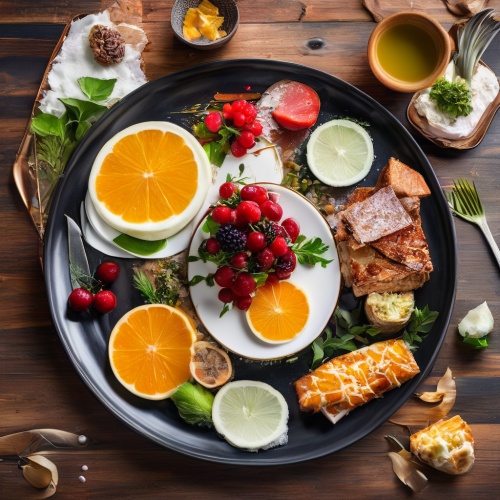 Arepas: These versatile, round corn-based breads are a staple in Colombian cuisine. They can be found everywhere, from street vendors to restaurants. Traditionally made with pre-cooked corn flour called masarepa, they come in a variety of flavors like plain, cheese, or sweet ones with coconut or cinnamon. Arepas can be served warm, either halved and buttered, or split and used as a pocket bread filled with tasty ingredients such as meats, cheeses, or vegetables.
Arepas: These versatile, round corn-based breads are a staple in Colombian cuisine. They can be found everywhere, from street vendors to restaurants. Traditionally made with pre-cooked corn flour called masarepa, they come in a variety of flavors like plain, cheese, or sweet ones with coconut or cinnamon. Arepas can be served warm, either halved and buttered, or split and used as a pocket bread filled with tasty ingredients such as meats, cheeses, or vegetables. 
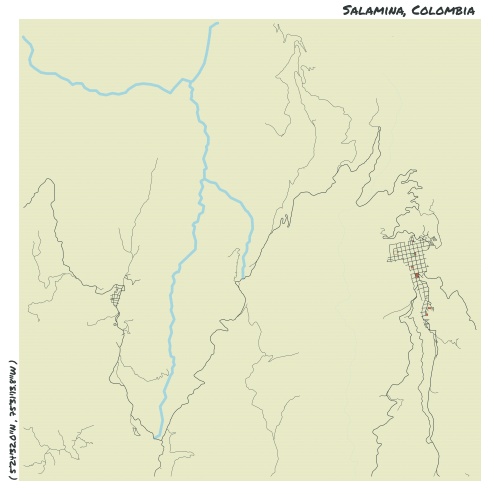
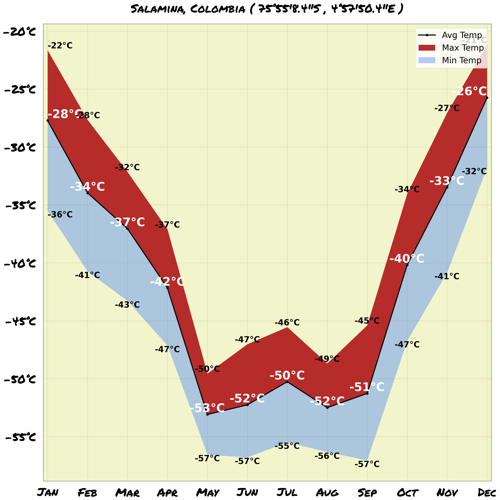
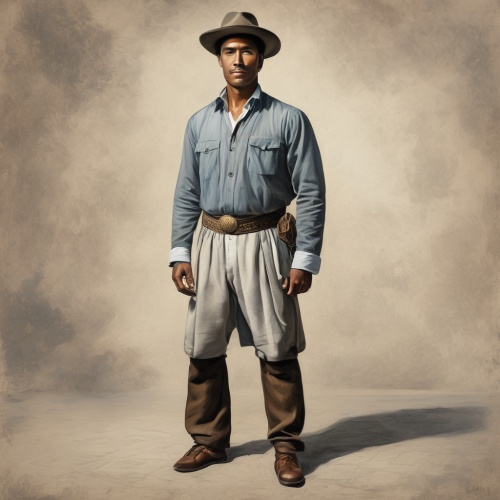
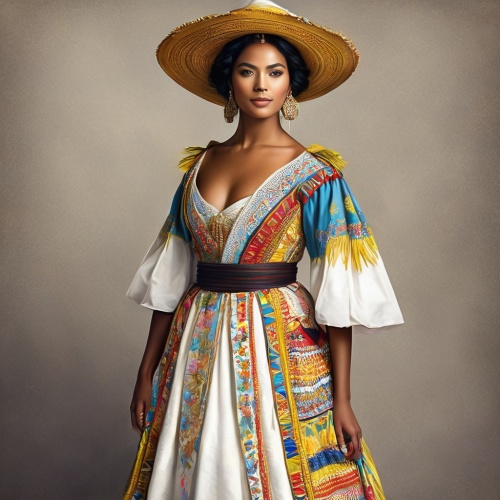
Comments
NO COMMENTS